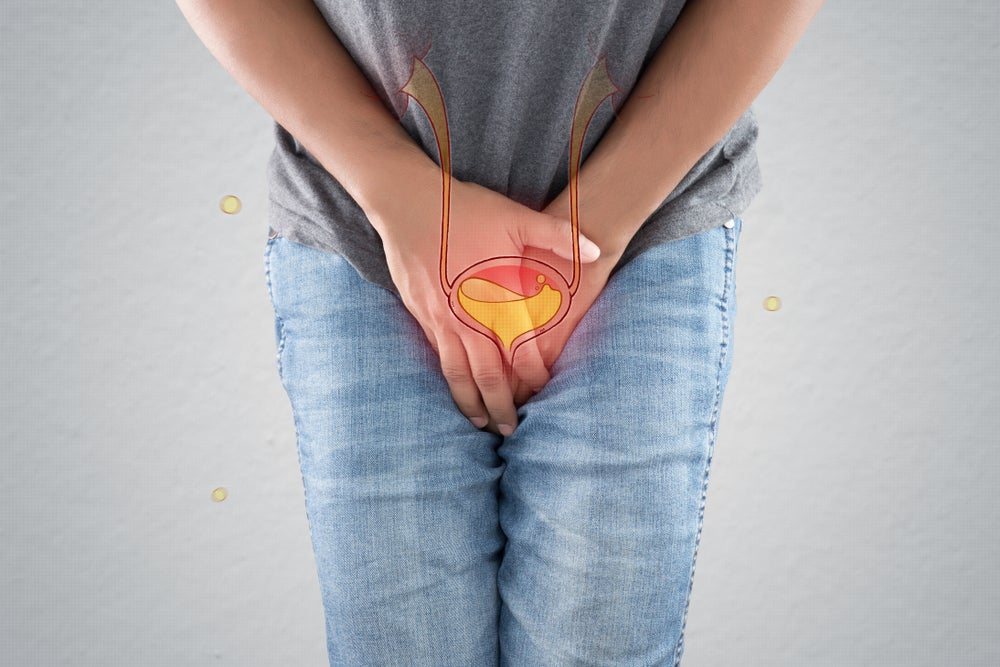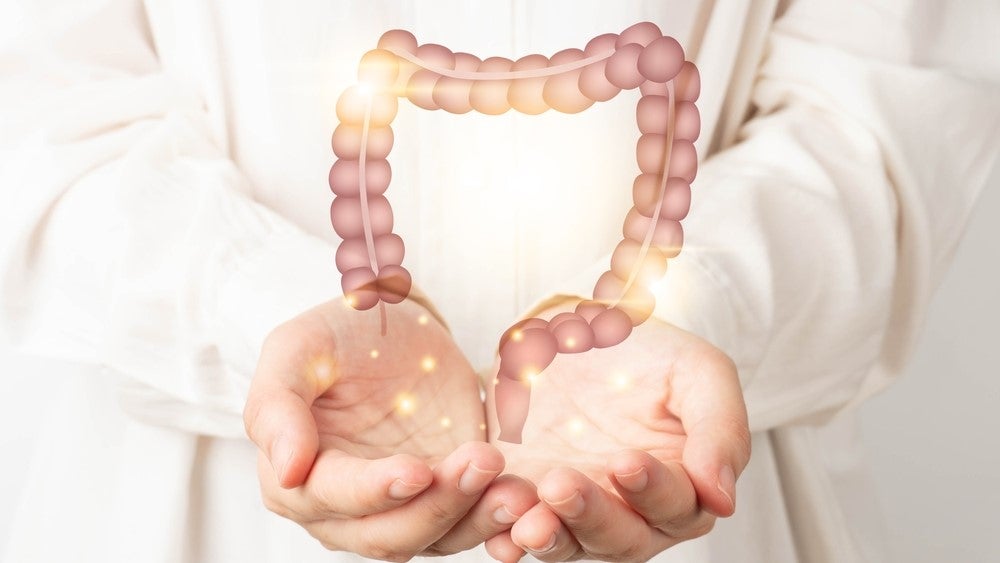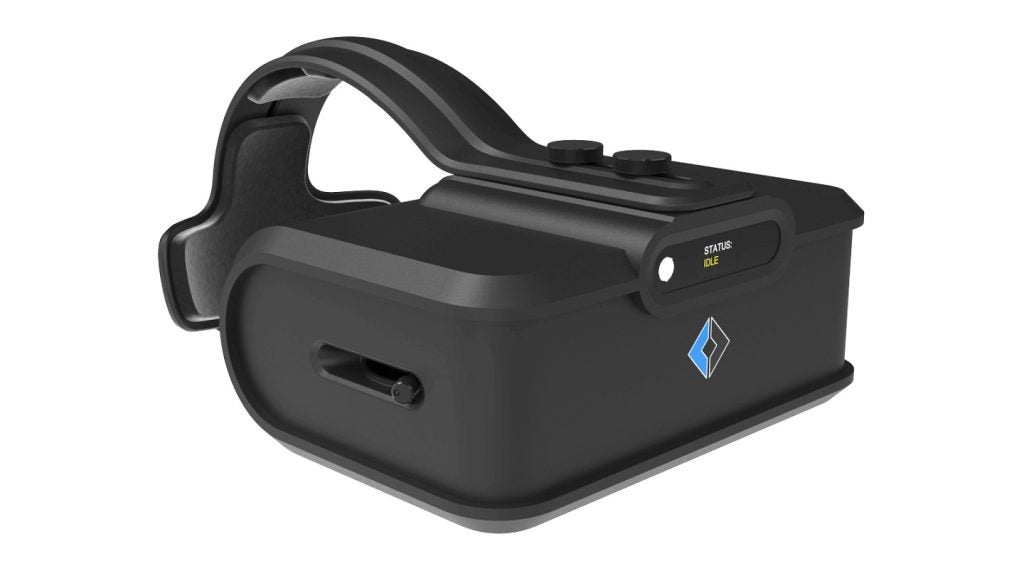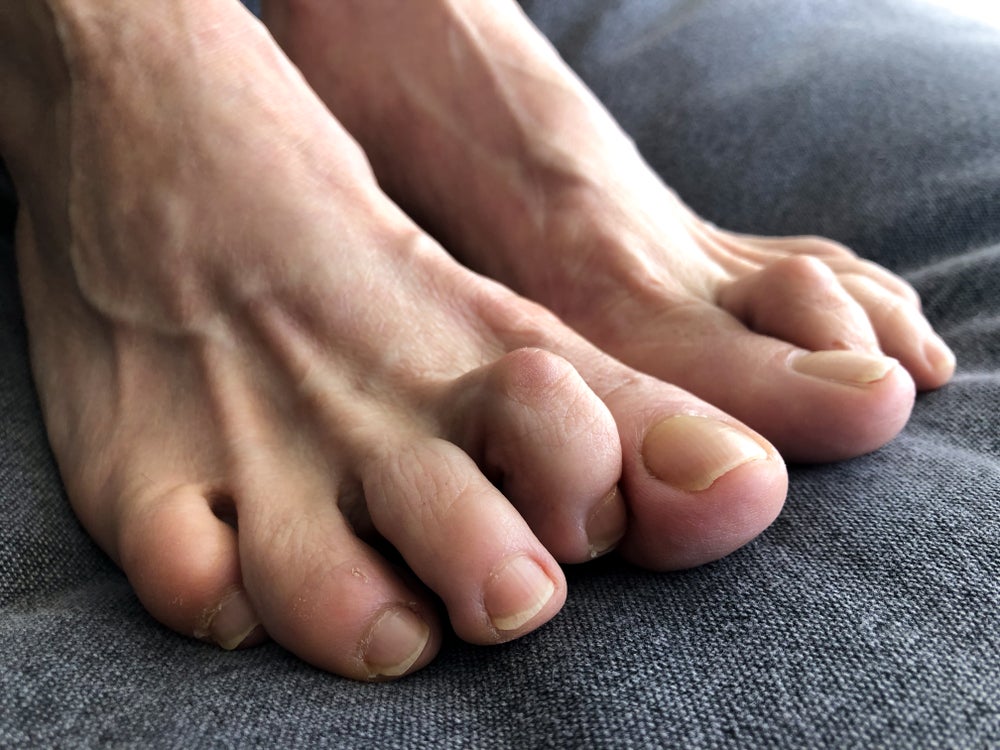Insightec’s magnetic resonance-guided focused ultrasound (MRgFUS) Exablate Neuro platform has received an additional CE mark to market its essential tremor treatment in the European Economic Area, Turkey, and the UK.
The second CE mark allows eligible patients in Europe to receive the second round of treatment with Exablate Neuro on the opposite side of the body, at least nine months after the first treatment.
Essential tremor is a condition that causes uncontrolled rhythmic shaking or trembling, usually affecting both sides of the body. The most common treatment options include deep brain stimulation, medication, and surgical interventions, all of which have side effects.
Insightec’s magnetic resonance-guided focused ultrasound technology uses MRI imaging to guide the ultrasound to a small, focused point. This produces a large amount of heat at that point, thereby, destroying the tissue at that point.
The CE mark approval is based on randomised clinical trial data that showed a significant reduction in tremors following the second side treatment. The results were consistent with the first side treatment and were sustained for at least six months.
The Exablate Neuro platform received approval from the US Food and Drug Administration (FDA) in December 2022. The tremor therapy has also received approval for the treatment of Parkinson’s and tremor-dominant Parkinson’s disease in adults aged 30 years and older.
Another device in the market for essential tremors includes the FDA-approved hand gloves by Cala, which reduce hand tremors in patients with essential tremors and Parkinson’s disease.















